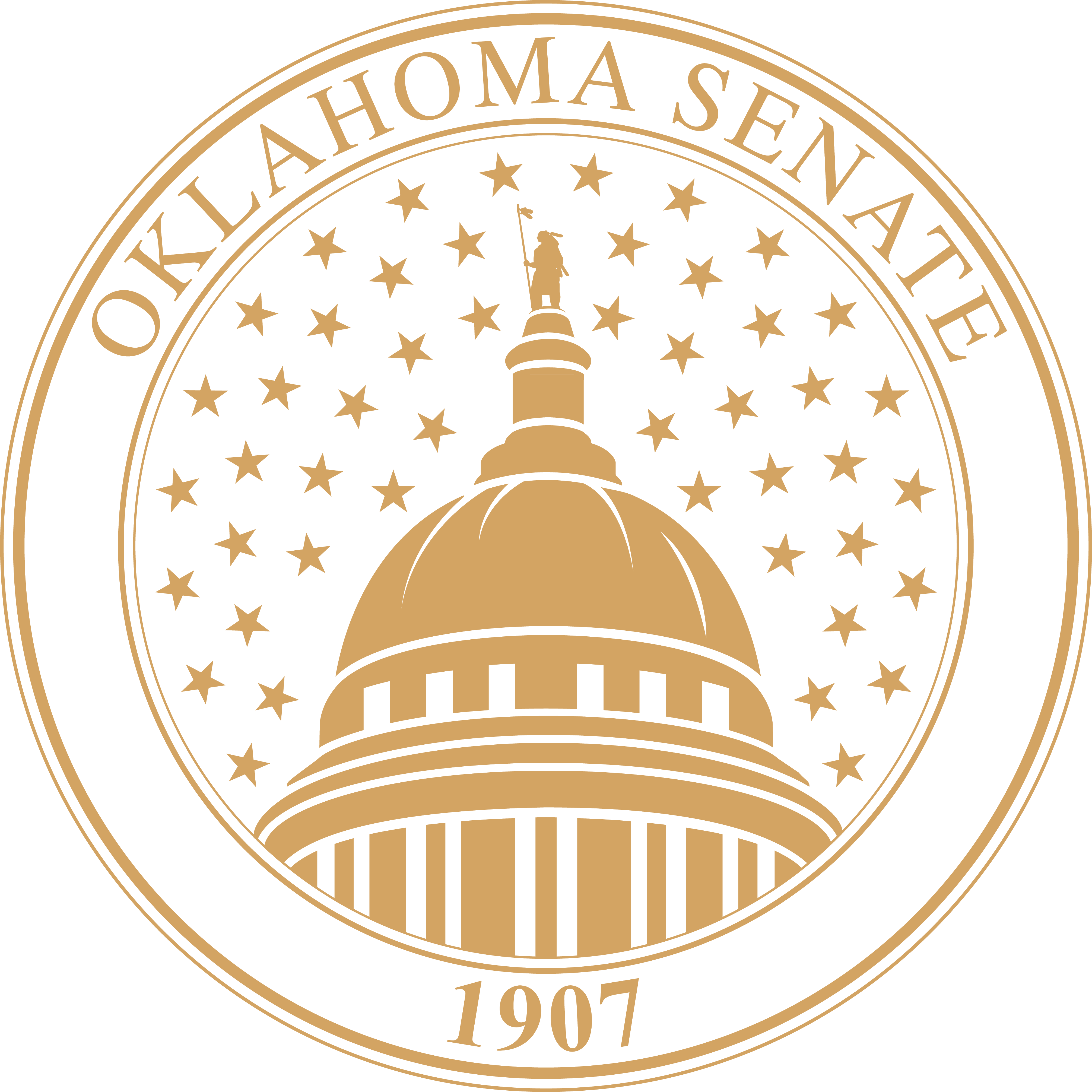Sen. Mazzei tells Incentive Evaluation Commission it’s time to end state’s wind power tax credit
Outgoing Senate Finance Chairman Mike Mazzei addressed the Incentive Evaluation Commission Thursday in support of a report that examined the cost versus benefits of the state’s Zero Emission Facility tax credit. The PFM consulting group determined the cost significantly exceeds the benefits of the program, and recommends that the credit termination date should be accelerated.
In addition to having served as the chair of the Senate Finance Committee, Mazzei is a licensed certified financial planner. For years he has advocated the need to reduce or end tax credits that have not produced the economic benefits for the state necessary to justify continuing them. Mazzei said the wind farm credit is a prime example of that. Under current law, a wind farm must be placed in service before January 1, 2021 in order to claim the credits. Mazzei said the credit should be discontinued in 2017.
“In 2010, this credit cost Oklahoma $3.7 million, but as of 2015, the cost exceeded $100 million. The whole goal of any tax incentive should be to generate economic benefits that are greater than the cost. When you look at the direct economic benefit from the wind power facilities in 2015, it was $78.4 million and produced only $17.1 million in tax revenue,” said Mazzei, R-Tulsa. “When you take into account the fact that Oklahoma is looking at a budget shortfall of at least $600 million for fiscal year 2017, we clearly cannot afford to wait until 2021.”
Last year, Oklahoma was ranked 3rd in the country for total megawatt hours of 1,423,000. Mazzei said it was obvious the tax incentives had facilitated a significant amount of wind power facilities and megawatt capacity. However, in light of the cost versus the benefit, the significant budget constraints facing the state and the many unmet funding needs for core functions, the production tax credit needed to end sooner.
“During the years the cost of this tax credit was skyrocketing, we were reducing education funding. Since 2009, K-12 funding is down $95 million even though student enrollment is up by 40,000. We’re now 50th in the nation in teacher pay,” Mazzei said. “But that’s not all. Healthcare costs for the state are increasing significantly every year. We don’t have enough highway patrol officers. Our prisons are severely understaffed. We still haven’t caught up on all our deficient roads and bridges.”
Mazzei said the tax credit program also lacks adequate protections such as an annual cap for the program which would limit the annual expense to the state and enable lawmakers to anticipate the exact cost for budgeting purposes. Furthermore, the report documents that in 2014, 154 corporate interests took advantage of the program. This enormous corporate welfare is certainly not fair to the other 1.6 million tax filers in Oklahoma who sent their money to the state hoping for good schools, good roads, and good law enforcement. He also noted the analysis by PFM showed Oklahoma is the only state in the country accepting new wind power facilities. Mazzei called on the members of the Incentive Evaluation Commission to approve the analysis report by PFM on the Tax Credit for Zero Emission Facilities.
“In addition, I strongly encourage every member of the 2017 legislature to read this report and support legislation to end the wind power tax credit in 2017,” Mazzei said.
 Oklahoma Senate
Oklahoma Senate

